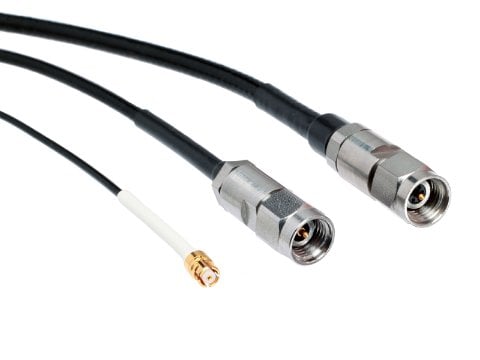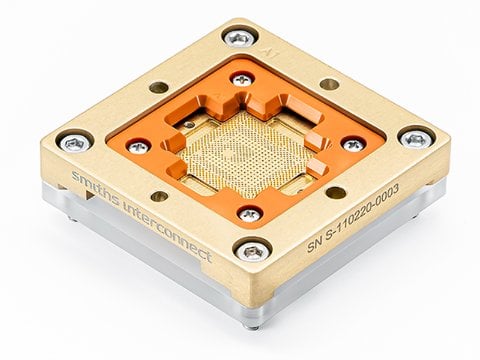- Low-loss dielectrics and our solder sleeve termination process provides a robust and durable cable-connector junction.
- Available with customized option packages to suit the needs of most applications
- Mode Free Operation to 50 GHz
- Up to 85% Velocity Low Loss Dielectric
- Superior Shielding Effectiveness
- Stainless Steel Connectors
- Phase Matched Sets Available
- Most designs are available in 4-5 weeks.
-
High Performance Dynamic Cable Assemblies
Lab-Flex S Series is ideal for high dynamic flexure applications using precision grade low loss PTFE and stranded center conductors designed for Test & Measurement, Defense, Commercial markets.
-

What are 5 Challenges RF Cable Assembly Face in the Space Industry?
Learn from our industry experts as they share RF cable assembly challenges focused on radiation harden materials, cable routing, cable modularity, shielding effectiveness and lowering cost of ownership.
-

New SpaceNXT™ QT Series of Coaxial Cable Assemblies
The SpaceNXT™ QT Series offers improved phase stability over a wide range of temperatures found in space environments whilst meeting all NASA/ESA outgassing specifications when tested per ASTM E595.
-

Custom Connectors VS Catalog Connectors: Benefit Breakdown and Challenges
There's no escaping the expectations to create more compact electronic components with higher functionality. Designing shrinking electronics is a challenge for all electronics manufacturers. Whatever industry you're in and no matter if you’re creating consumer, business, or military-grade electronics, there is a demand for building smaller, smarter, and sturdier electronics.
-

Smiths Interconnect expands DaVinci test socket offering
The request for increased functionality in the smallest possible footprint has led to a reduction of the pitch of integrated circuits below 500 μm. At the same time, increased performances in SoCs affect pin-to-pin noise or what is commonly called crosstalk during testing.

